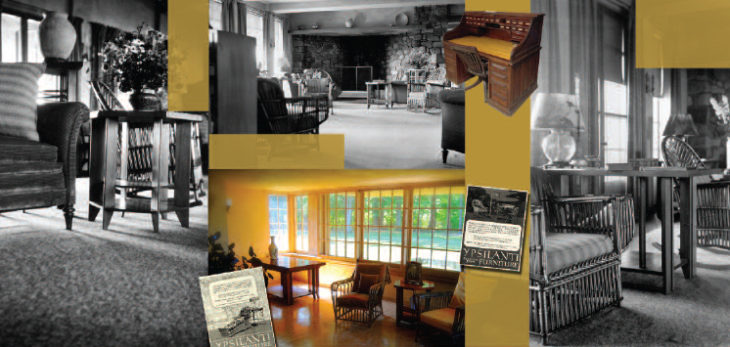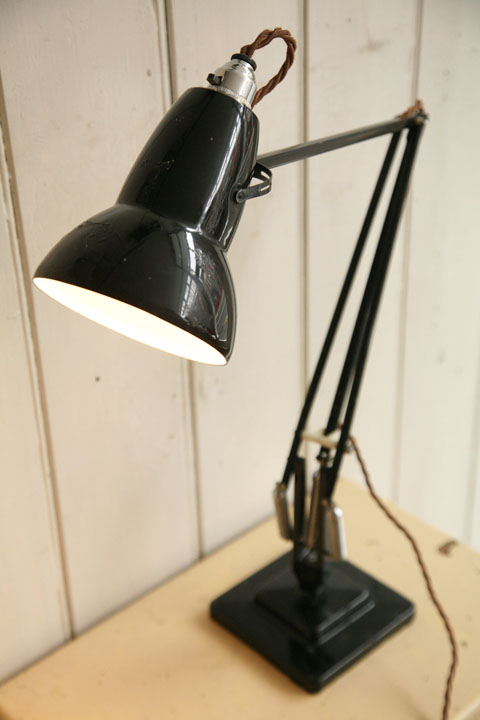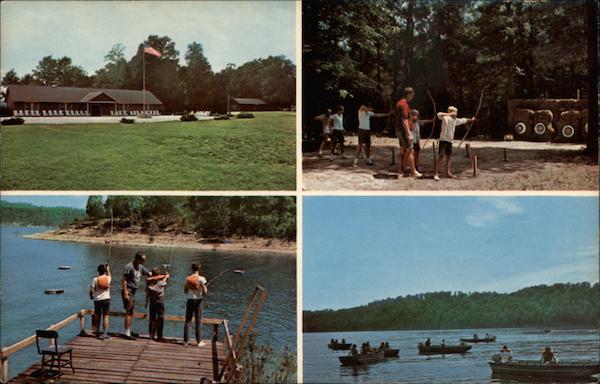Table of Content
Enter the Martin House Restoration Corporation to save what is now one of Buffalo's most important historical sites and frankly, pieces of art. Frank Lloyd Wright’s Martin House and Graycliff Conservancy are two separate nonprofit organizations each with a distinct mission but a common goal centered around sharing the history of the Martin family and Wright’s genius. We strongly encourage you to visit both sites during your visit to Western New York. Western Pennsylvania and western New York were at the center of the commercial, cultural and social ferment of the late 19th and early 20th centuries.
The Martin House is breathtaking with the lights dimmed and candles lit. This seasonal docent-led tour is a wonderful opportunity to explore spaces not offered on any other tour offerings including the lower level of the Martin House, Darwin Martin’s home office, the guest suite of rooms, and the staff dining room. Frank Lloyd Wright designed the main house so you can see straight through it, giving you a view of the Lake even from the other side of the home. In 1950, Graycliff became home to a group of Piarist Fathers, a Hungarian order that adapted the site as a school for underprivileged youth and hub for Hungarian culture. The Fathers altered Wright’s design and built more structures on the property. The only structure that still remains is their former gymnasium, which was converted into Graycliff Conservancy’s current Visitor Pavilion.
How many Frank Lloyd Wright homes are in Buffalo?
Mrs. Hagan was a talented gardener and she put the Fallingwater greenhouse to good use. Designed in 1905 for a site at the University of Wisconsin but never built, this working boathouse ultimately found a companionable home in 2007 at Buffalo’s West Side Rowing Club overlooking the Black Rock Canal and Niagara River. Learn more about the many levels of membership and exciting benefits, including free tours.
The carriage house signals the transition from the use of horse-and-buggy to automobile as a mode of transportation for the wealthy. It features stables with stalls for the Martins’ two horses, as well as a carriage room. Although it is a utilitarian work space, surprisingly, the carriage house—like the adjacent conservatory—has a single, unique pattern of art glass. After Delta left the house in 1931, it was owned by private families and very well maintained over the years until it was acquired by the Frank Lloyd Wright Martin House Corporation. Its successful restoration is part of a larger effort put forth by the MHRC.
One Family. One Architect. Two Houses.
Enjoy a delicious light fare spread, assorted wines, and conversation among friends in the historic Barton House, Gardener’s Cottage, or lower level of the Martin House. Along the way, your docent will expand on the Martin/Wright story to provide a more detailed context for this architectural masterpiece. This room has a beautiful fireplace and a very generous sized terrace with incredible views of Lake Erie. The transition from the living area to the Fern Room offers a feeling of stepping into nature without leaving the home.
Today, this National Historic Landmark stands as a compelling symbol of civic identity and cultural pride. Martin House is characterized by its spatial openness, horizontal planes, pier and cantilever construction, and palette of natural colors and materials. It is considered one of the great achievements of Wright’s career, resulting from a remarkable partnership between client and architect. Explore the six buildings on the Martin House estate with ample time for a personalized, one-of-a-kind experience. This is the perfect gift for the Frank Lloyd Wright aficionado who has everything, for that once-in-a-lifetime visit, or to thank someone for something special. Other Buffalo commissions included the now demolished Larkin Administration Building, a new headquarters for Martin’s employer that revolutionized American office space with its elaborate, multi-floor central court illuminated by skylights.
Duncan House
The multi-structure estate ( ) that Frank Lloyd Wright designed for Darwin D. Martin is a masterpiece of 20th century architecture. The Martin House is widely considered one of Wright’s finest Prairie houses – a signature work from the early years of his celebrated career. Wright himself referred to the Martin House as “the opus” and kept the site plan pinned to his drawing table for close to fifty years. It was built between 1926 and 1931 as a summer home for Darwin D. Martin, a prominent Buffalo businessman, and his wife Isabelle. Martin had previously commissioned Frank Lloyd Wright to build his family home, the Darwin Martin House, on Jewett Parkway in the Parkside neighborhood of Buffalo over two decades before. Graycliff sits atop a 60 foot cliff on the edge of Lake Erie and was designed mainly for Isabelle.
Now, nearly 130 years later, this early Wright design may soon become a reality. Last month, an ad hoc committee assembled by the Friends of Nolen Waterfront, an organization shepherding the effort to reshape Madison’s waterfront, gathered to hear design propositions from three firms tasked with reimagining the area. Wright was commissioned to the design the boathouse shortly after opening his studio.
Behind-the-scenes candlelight tours on Thursday evenings in december. Following the reception, guests will be treated to a behind-the-scenes tour of the Martin House. A fun and inspired night out for all, this tour is offered to groups in the evenings. We recommend you reserve your group tour at least two weeks in advance to ensure availability of the tour time and docents.

Wright’s design for Barton House secured his hire for the Larkin Administration Building – his first-ever commercial commission – as well as for Martin’s own home and the rest of the Martin House estate. Docents will be on hand to answer your questions during your journey which includes the 1st floor of the Martin House, pergola, conservatory, and carriage house. Restoration of an historic home, especially a Wright masterpiece, is not easy. The project involved both restoration and reconstruction, and countless members of the community provided incredible support throughout the decades.
In addition to the historic buildings on the estate, an award-winning, contemporary visitor center sits just west of the Martin House. Darwin D. Martin House is one of Frank Lloyd Wright’s earliest and most important works. Although there is a consistency of vocabulary among Wright’s Prairie style homes, no other commission is as meticulously detailed as Martin House. It is characterized largely by its expansive size, open spatial plan, and organic design principles drawing inspiration from nature. Nestled in the historic Parkside neighborhood of Buffalo, New York, the 1.5-acre Martin House estate is comprised of multiple residences and interconnected buildings woven together within an integrated landscape. Tours begin at the Eleanor and Wilson Greatbatch Pavilion (the all-glass building adjacent to the Martin House on Jewett Parkway).
A perfectly symmetrical sink and window overlooking the backyard and lake. Everything about Graycliff is meant to maximize lake views and cool breezes coming into the house. The waterfall and pond feature are meant to make it seem like Lake Erie itself is flowing through the house and into the middle of the estate.
It remained her refuge for many years after her husband passed away as she continued to Summer on the property until 1943. On the ground floor is the dining room, and at the opposite end a porch, with the "Tall Living Room" and the second story centered in the middle. The floor plan is almost identical to the Isabel Roberts House, built that same year in River Forest, Illinois, but mirror-imaged and rotated ninety degrees from the street. This resulted in the living room being oriented to the side of the house rather than the street front, which initially afforded a nice view of the woods in 1908. This view was quickly lost, however, when the house next door was built. Like the William R. Heath House the Davidson House has a half-level basement containing the utilities, a laundry, pantry, and maid's quarters.











